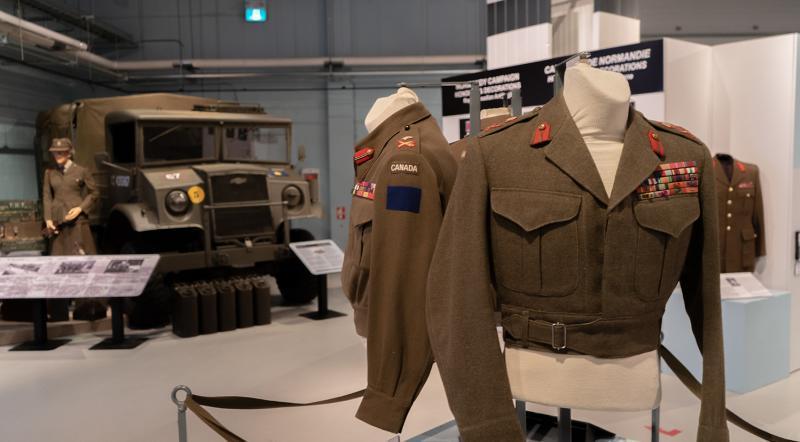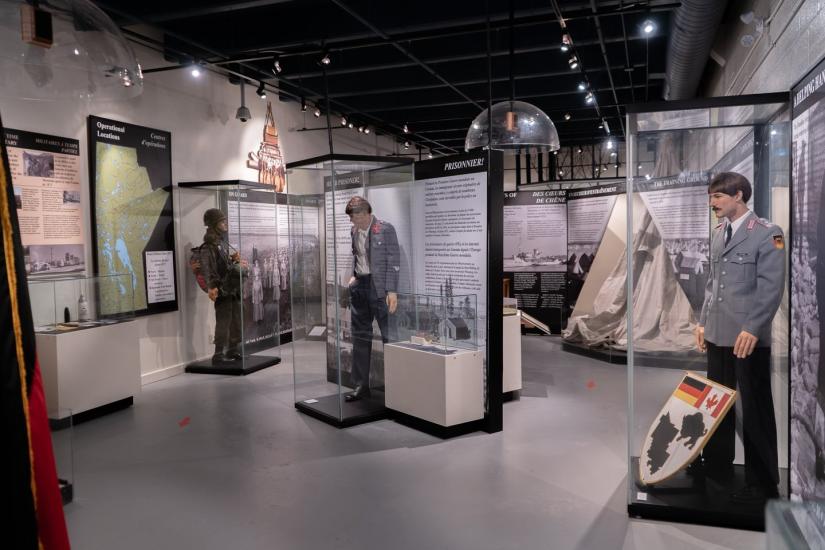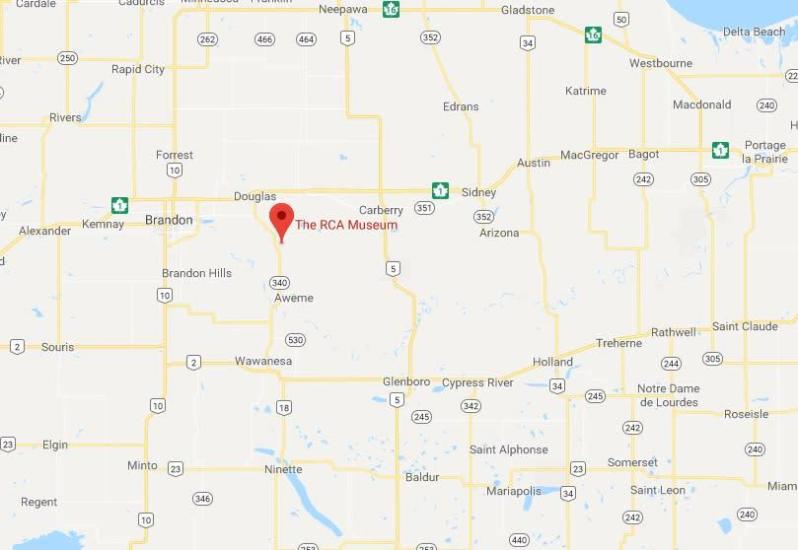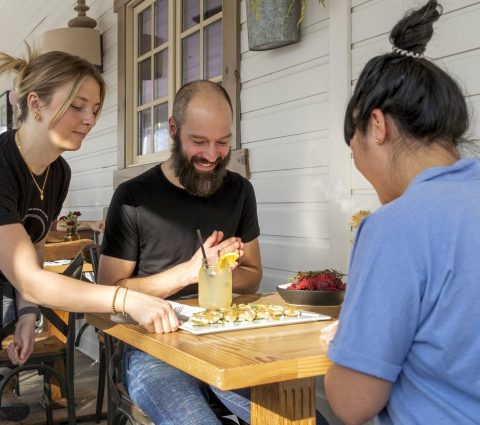- Things To Do
- Events
- Food & Drink
-
Places To Go
- Winnipeg
- Churchill
- Eastern Region
- Central Region
- Interlake Region
- Parkland Region
- Western Region
- Manitoba North
- Must-See Destinations
-
Itineraries
- Island Getaway on the Prairies
- Wheat City Wanderings in Brandon
- Escape to the water and the wild
- St. Boniface Winter: Passion and History
- Follow the path to a story in Neepawa
- Unleash your inner Viking this winter
- Explore Clear Lake this winter like never before
- Breathe in the Whiteshell this winter
- Go North for a boreal forest escape
- Treaty Areas
- Where To Stay
- Trip Essentials
- #ExploreMB Blog
Navigation Options
- FREN
- Things To Do
- Events
- Food & Drink
-
Places To Go
- Winnipeg
- Churchill
- Eastern Region
- Central Region
- Interlake Region
- Parkland Region
- Western Region
- Manitoba North
- Must-See Destinations
-
Itineraries
- Island Getaway on the Prairies
- Wheat City Wanderings in Brandon
- Escape to the water and the wild
- St. Boniface Winter: Passion and History
- Follow the path to a story in Neepawa
- Unleash your inner Viking this winter
- Explore Clear Lake this winter like never before
- Breathe in the Whiteshell this winter
- Go North for a boreal forest escape
- Treaty Areas
- Where To Stay
- Trip Essentials
- #ExploreMB Blog

While Travel Manitoba strongly recommends that all tourism businesses adhere to the operating protocols and capacity restrictions allowed by the Manitoba government, we cannot guarantee the compliance of any business featured in the content below.
Please contact the business directly for operating hours and policies. Throughout the province, please continue to practise safe physic distancing and adhere to all recommended guidelines. #COVIDCarefulMB
The RCA Museum - Treaty 2 Territory
The Royal Canadian Artillery Museum owns over 65,000 artifacts and displays about 1000 of them at a time in the public galleries. Though bow and arrows and catapults are considered artillery, the RCA museums focuses on artillery created after the invention of gun powder – cannons, track vehicles, and guns from the 1800s to present day.
If you’re familiar with the tools of war you may recognize the 13-pounder quick-firing gun, of which there are only two in Canada. Or perhaps you recognize the M7 Self-Propelled Howitzer, a track vehicle that was used by Canadians on D Day.
I, however, am not very familiar with types of artillery. I learned a lot about it on my visit to the RCA Museum but what ended up sticking with me the most were those things we sometimes forget about when we think of war and conflict – art, sport, and post-war life.
Getting active while on active duty
Along one wall, about halfway through The RCA Museum, you’ll see a couple displays that seem almost like they would be equally at home in a high school trophy case. A hockey Jersey and the Kingston Cup are the stars here. Hockey has been played in the armed forces since before the founding of the NHL and Canadian Confederation. The sport was meant to instill qualities of leadership, toughness and teamwork into the soldiers. To this day, the Kingston Cup is awarded at an annual game between A and B Batteries, a tradition held since the 1930s.
Along this wall you’ll also find the “V” Crerar Trophy. Won by the Canadian Forces in the Netherlands after a Canadian Armed Forces overseas track and field championship in 1945.
Art on the battlefield
In moments of spare time, soldiers at war would sometimes make art. They would take time to draw or paint in a notebook, write letters to those back home or write poetry. During and after times of war we also see the creation of songs and books that detail the devastation of war and celebrate victories.
A well-known example of art in times of war is In Flanders Fields, a poem written by Canadian John McCrae while he served overseas in Belgium. Though it was written over 100 years ago, we still often recite it at services on Remembrance Day. At the RCA Museum you’ll be fortunate enough to see up close one of the original printing plates for the poem. It’s made from a handwritten copy that McCrae gave to his friend Edward Morrison just a few months before McCrae died. If you look closely at the plate, you can see there is a correction made, making a minuscule “f” into a capital “F”. I’m sure at the time of writing McCrae did not realize just how many people would come to see that small correction and read his poem year after year.
Life after war

For many, the challenges that came with serving in the war did not stop the moment they set foot back in Canada. Some came back with severe injuries, others with PTSD, some came back to a country that had drastically changed since they had left, and others had to fight for Veterans’ rights.
Tens of thousands of Manitobans have been wounded in action. During both World Wars, specialized hospitals were set up in Winnipeg and Brandon, not too far from where the RCA Museum is now to take care of soldiers.
However not all Veterans were taken care of in the same way. Indigenous Veterans faced extra challenges when returning home. They were not given the right to vote in Manitoba until 1952 and were not granted many of the Veterans’ benefits given to non-Indigenous Veterans, such as land, housing and education, until 2002. For Indigenous Veterans, the fight for rights continues long after the war ends.
Another group who fought for rights and was successful, in part because of the wars, were women. While many men were serving during the war, women stepped up to take on roles in industry and manufacturing, roles which had previously been denied them because of their gender. This in turn helped women to make their voices heard and White women were granted the right to vote in Manitoba in 1916. Some women of colour were not allowed that same right until the 1940s and Indigenous women not until the 1960s.
In recent years, those that return from war continue to help out here at home. The Canadian Forces have lent a helping hand during many floods in Manitoba, most notably in 1950 and 1997. Over 8,000 military personnel were deployed to help during the “flood of the century.” Making it, at the time, the largest deployment for disaster relief in Canadian history.
Visiting The RCA Museum
Location
On Canadian Forces Base (C.F.B.) Shilo, 30 minutes east of Brandon or 2 hours west of Winnipeg, south of #1/Trans-Canada Highway on PR 340.

Hours/Dates
Open Monday to Friday 10 a.m. - 4 p.m.
Currently you must book an appointment before you arrive at the museum. Call 204-765-3000 ext. 3570 to book a time slot or a guided tour.
Admission
Serving CF & RCMP FreeSilver Cross Recipients FreeAdults $6Veterans (inc. RCMP) $4Seniors (65+) $4Students (6-18 yrs ) $4Children (under 6 yrs) FreeGuided Tour $25
Travel Manitoba staff was hosted by partner Royal Canadian Artillery (RCA) Museum, who did not review or approve this story.

